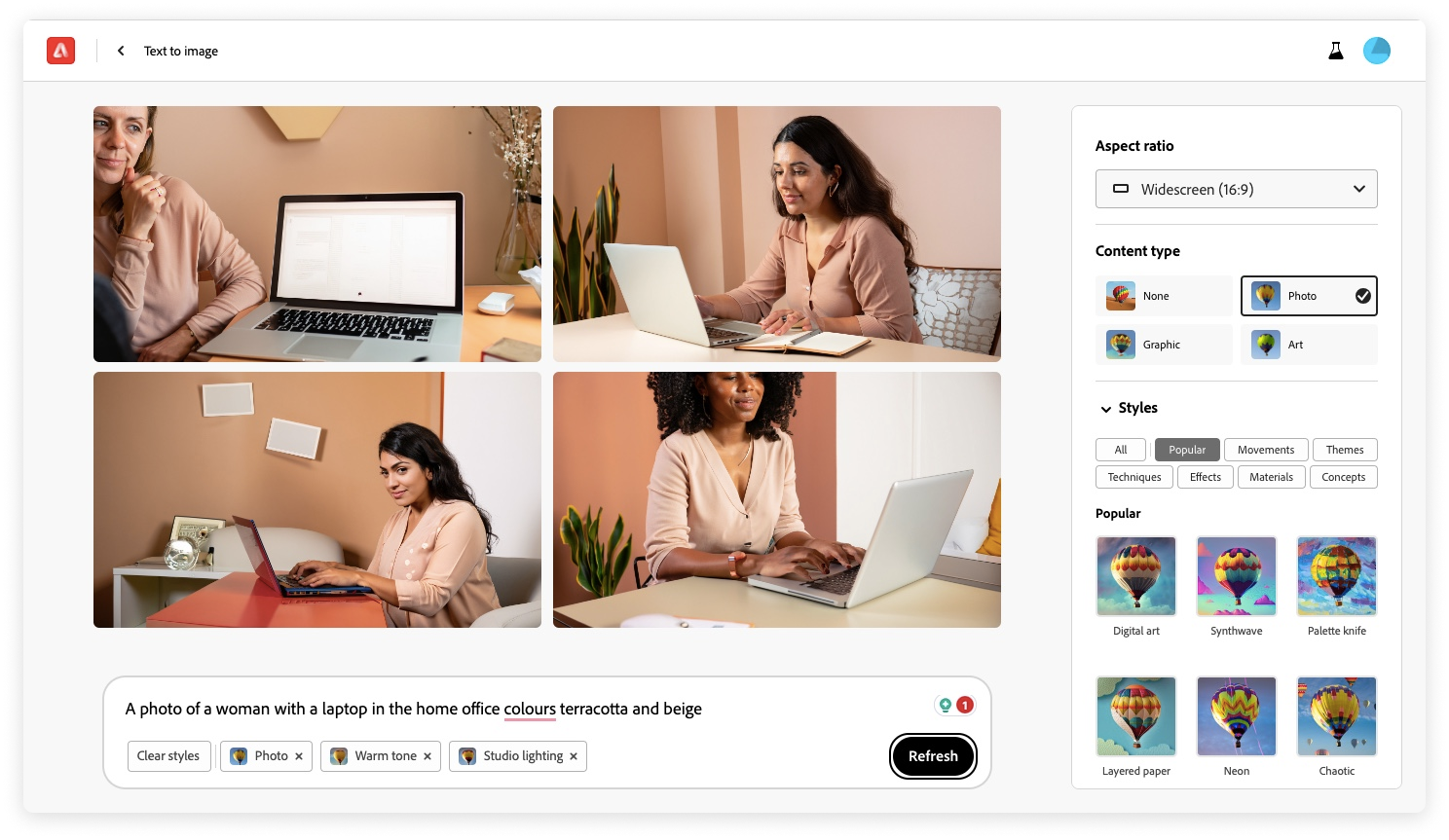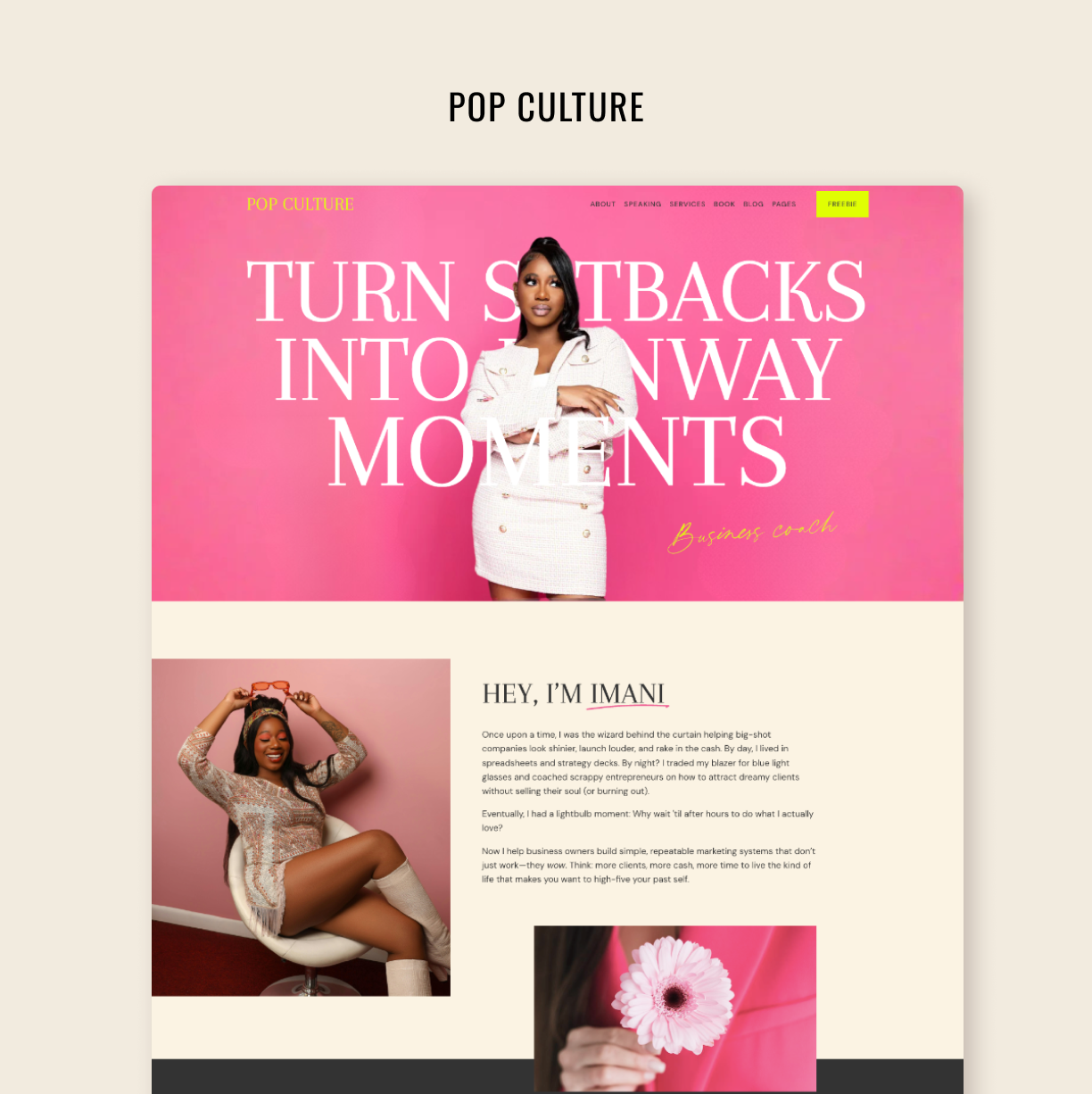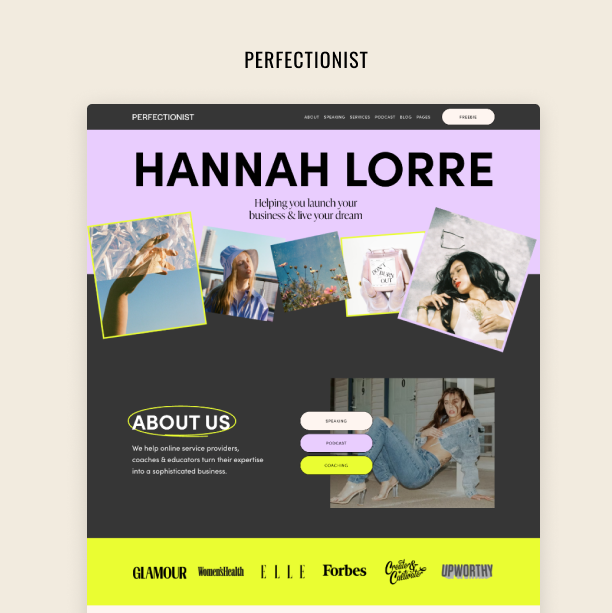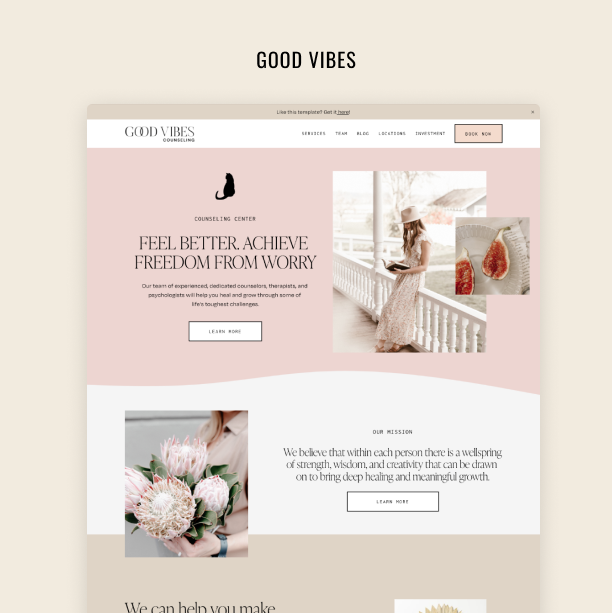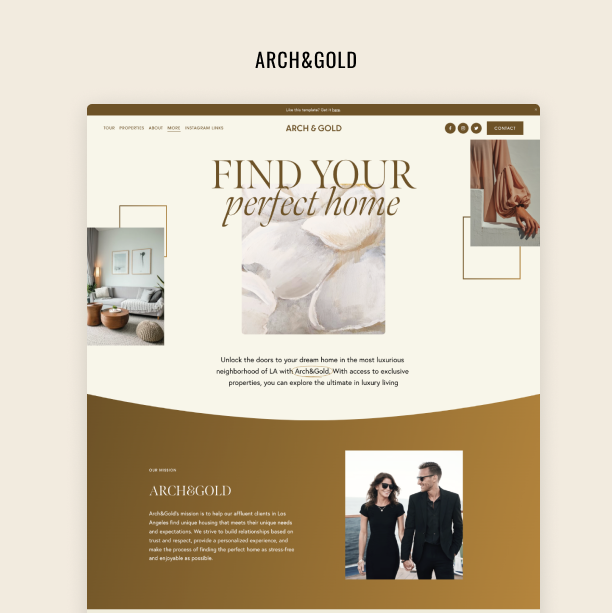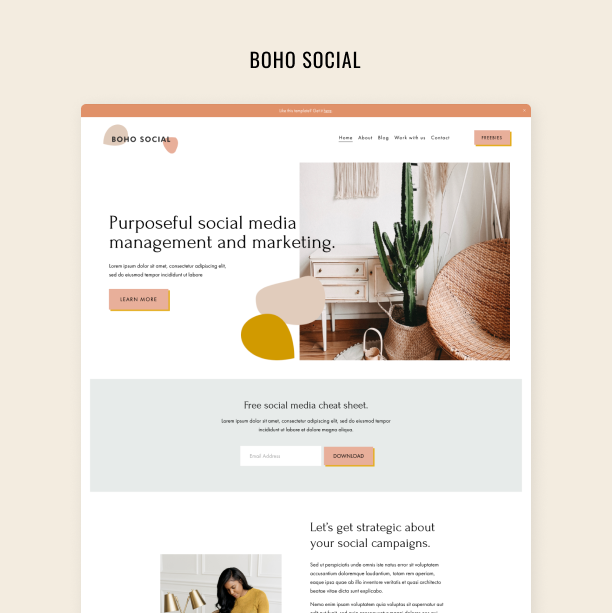AI Tools to Boost Your Efficiency as a Designer
Save time and creative energy with these tools
Artificial intelligence is taking over the world — and the realm of design is no exception. And while it’s fun to experiment with these innovative tools and make them conjure up images of your favorite actor riding a dinosaur, their true potential lies in how they can streamline your workflow and boost your efficiency as a designer.
In this article, we’ll go over 7 outstanding AI tools for designers that can help you speed up every stage of the design process and free your schedule so you can focus on what really matters: creative work.
Top 7 AI Tools for Designers
Let’s delve into our favorite AI tools for designers. New tools are popping up every single day, and it is getting harder to keep an eye out for the next big thing.
Midjourney
Midjourney is a text-to-image AI tool that allows you to create images of whatever you can think of in whichever style you want. Honestly, not even the sky’s the limit with this tool. You essentially need to come up with a prompt that describes exactly what you want the image to include and look like, its style, dimensions, and even the color palette, and Midjourney will do the rest.
This tool works through a Discord server where you input your prompt, and the engine generates four results for it. Then, you can either generate a full-resolution version of the result you like or prompt the engine to tweak one of the results a bit more and generate four more images. It’s pretty easy to use, and the images it creates only keep getting better.
How does this help you as a designer? Well, if you need an image or vector for your design, but can’t create it yourself, Midjourney might be the solution. We’ve been experimenting with it for a while now, and it’s come in handy to create on-brand images for our templates. In fact, why don’t you steal our prompt formula? Swipe the gallery below for the formula and examples.
HOP TIP no 1: Use MJ 5.2 and the word "photo" in your description so that MJ creates a "photograph" and not an illustration. This will help you avoid getting results that look like oil paintings.
HOT TIP no 2: Use descriptive names of the brand colors in your prompt. In my case, it's terracotta, mustard green, and beige.
HOT TIP no 3: Reference a photography style, for example, " fashion editorial photograph", "midcentury modern", etc.
HOT TIP no 4: Use the /describe feature and plug in your desired visuals to see how MJ sees them. Use the same language but slightly tweak it.
2. Adobe Firefly
Adobe Firefly is part of the Adobe suite, and it allows you to use plain language prompts to create beautiful images, transform text, play with color, and so much more. While it might sound similar to Midjourney, it boasts a wider array of features to play around with.
Apart from text-to-image generation, Adobe Firefly offers generative fill capabilities that allow you to simply use a brush to remove objects or conjure new ones in your images. You can also apply styles or textures to words and phrases, create color variations of your vector artwork, and even change the aspect ratio of your image with a single click.
Adobe Firefly is still in beta, but the team has big plans for it. And the best part about this tool is that it’s being developed with a strong focus on creators. Its mission is to help designers expand their natural creativity by providing them with practical advantages.
3. Kittl AI Logo Generator
The Kittl AI Logo Generator is an online tool designed to help users quickly create professional logos using artificial intelligence. It simplifies the design process by allowing users to input a brand name or idea and letting the AI generate logos for them. The result designs are fully customizable – you can adjust fonts, colors, and layouts. The platform is ideal for designers, businesses, and startups seeking an efficient and creative way to develop logos without needing advanced design skills.
4. Nero AI
Nero AI is a free tool powered by artificial intelligence that allows designers and creators to enlarge photos and increase image resolution without losing quality. With Nero, you can zoom in on a specific part of an image, resize screenshots from social media, and even upscale any images to 4K.
As a designer, you probably try to keep all images as high quality as possible. But let’s be honest here: sometimes, it just isn’t possible. Clients might send you low-resolution logos or take their brand pictures with their phone cameras.
Nero can fix that in a matter of clicks. It is the ideal tool for enhancing product photos and brand images for your designs. Also, if you have a massive, disorganized stock of images you use for your templates or designs, Nero can help you tag them and sort them out with the help of AI.
5. Microsoft Designer
Similarly to Canva, Microsoft Designer allows you to create stunning, template-based designs in a flash. However, its main difference with Canva and other platforms is that it runs entirely on AI. Suppose you need an Instagram post to announce the launch of your new design workshop. You simply need to type in a detailed prompt, and Microsoft Designer will do its magic for you.
This tool has all the features you’d expect from its kind, plus a few AI-powered tricks under its sleeve. You can create gorgeous designs and original images just by typing what you want and even get writing assistance and automatic layout suggestions. Microsoft Designer can also suggest captions and hashtags to make social media a piece of cake.
Packed with other awesome features like Replace Background, Fill, and Erase, Microsoft Designer can make your design process a lot easier, allowing you to focus on the more nuanced parts of your job, like unleashing your creativity and truly materializing your customer’s vision.
6. Uizard
Uizard is an easy-to-use design and ideation tool powered by AI. It allows you to design wireframes, mockups, and prototypes in a matter of clicks. Its AI features make it possible to generate UI designs from text prompts, turn hand-drawn sketches into wireframes, and transform screenshots into editable designs.
This outstanding tool also has a bunch of pre-made design templates and UI components to support quick and collaborative ideation and iteration. You can drag and drop components to bring your design to life and tweak them until it perfectly fits your vision.
Finally, Uizard comes with a design assistant created to help you navigate the design process, a scanner that splits screenshots into sections and allows you to rearrange them as you wish, and an attention heatmap to predict the areas of your UI design where users will focus their attention the most.
7. Flair AI
Flair AI is a scene construction AI-powered tool that can help designers experiment with product images and make them suit the brand effortlessly. Using this tool, you can enhance product photography with natural language prompts.
It’s very easy and intuitive to use. You simply need to upload your product image to the editor, describe how you want your product to be showcased (background, props, lighting, style, and so on), and Flair will do the rest.
Flair AI also offers drag-and-drop capabilities to include your branded assets in the design, as well as accessories and components to build a world around your product. And if there are any blank spaces, its AI engine will fill them with on-brand elements. It’s a great tool to produce fresh content or adapt your clients’ product images to your design.
8. RemoveBG
AI may feel like the latest new toy, but the truth is that AI-powered tools have been around for a while now. And this one is one of the OGs. RemoveBG is an AI tool that removes backgrounds from your images for free. As simple as that.
You can upload your image to the RemoveBG platform and use it to get rid of the background. Then, you can either download the image with a transparent background or add a completely new one. It also offers a Magic Brush feature that gives you precise control over what to remove from your image and allows you to restore specific parts of it.
The best part is that there’s a Remove BG plugin available for Photoshop, Figma, Sketch, and many other design tools that you are probably familiar with. So, you can easily integrate it into your design workflow and save tons of time.
Honorary mentions
That’s about it. But before we go, we wanted to mention these three other AI-powered design tools that are worth exploring:
Khroma. Khroma uses a neural network AI algorithm to learn which colors you like and creates endless palettes for you to discover and get inspired by.
Fontjoy. Fontjoy is a simple AI tool that uses deep learning to create seamless font combinations for your designs.
Fronty. For more code-knowledgeable designers, Fronty converts images to HTML CSS. Within a few minutes, you get the HTML CSS code from any website image you upload.
By using the AI design tools we shared in this article, you can not only streamline your design process and work more efficiently, but you can also start getting into the groove of things and future-proof your skillset. Artificial intelligence is here to stay, and designers should start integrating it into their workflow to avoid lagging behind. The sooner you start embracing AI, the better prepared you’ll be to leverage its infinite possibilities!










